Back in May Unleash the Fanboy published a review of Outré #1, a new anthology trying to articulate an old-school mission: to “raise awareness” about comics. This mission, of course, is not revolutionary. But the way Outré is going about it just might be. It makes sense that any new or established publishing house would see raised awareness about comics as a net gain — especially since it could impact their profit margin. It’s a simple equation, really: the more people know about comics, the more money they’ll spend on reading them. Makes sense, right?
So then why is Outré free?
Yes. It’s free. No joke – you can get it here. It was this startling approach that got our attention here at UTF. And the fact Outré #1 is actually pretty damn good is what kept us engaged. Good comics for free don’t happen that often, so we decided reach out to Outré’s publishers Magnus Aspli and Glenn Møane and ask them a few questions their new project, and approach.
UTF: It’s clear that both of you have roots in the comic industry and I’m curious how your experience making comics might have informed the development of this project. Is Outré in response to some need you saw out there that wasn’t getting met?
Glenn: Absolutely. We’re both fans of anthologies, but it’s been awhile since we’ve seen a really good
one on the stands. And for some reason these have a hard time surviving in the current market, so we knew from the get-go that it had to be released digitally.
If we haven’t known a thing or two about creating comics ourselves, I don’t think we would have dared getting into such a project.
Magnus: In the indie scene of comics we also see many stories that have a lot of potential, but with a slight inexperienced writer and/or artist they fail to utilize this potential. Although we are by no means veterans within the comics scene, we felt that with strong and proper editorial guidance, the short stories of Outré could be really good. Unlocking the potential in a writer and/or artist, showing the world what they are capable of.
What I’ve experienced by making comics myself, and watching others do the same, is that there’s a big difference between a great concept and a great story. Spending enough time with an idea/concept, and particularly having another (editorial) brain assist with the progress is paramount to create the best story possible. No stories are perfect, of course, but they are never meant to be either.
UFT: I don’t think I can remember the last time I read a comic book introduction that read like a mission statement. It’s clear that “raising awareness” about comics is something you both feel passionate about. Can you tell me why you came to feel this was such an important issue to address?
Magnus: Ever since I read that first great graphic novel. I knew immediately that this was an art form and a way to tell stories that was highly underappreciated. The three key reasons for Outré was the desire to bring great (short) stories to readers all around the world, to showcase new or unknown talent, and to reach people outside of comics.
You could definitely call the introduction a mission statement, yes. And we’re aware it has a pretentious tone. We are new. Small. But every tree begins as a seed, and hopefully in the future we can look back in a few years and say Outré was like one of those rhythm guitarists who helped give the electric guitar its rightful place in the music scene.
UTF: In addition to raising awareness about comics, Outré seems intent on raising the profile of the creators themselves. How did you come to identify this as a need in the creator community? How have creators responded to this project as a result?
Glenn: One of the main objectives with Outré is to showcase new material from new and up-and-coming comic creators who are able to produce quality work. Unless these creators get a gig at one of the Big Two or have a book published by Image, they will be more or less ignored by mainstream comics journalism. This is unfortunate, but by making their latest work available for free, we have at least made it a little easier for the audience to check it out.
As the launch of each issue nears, we feature everyone involved in a “creator spotlight” on our site. The spotlights take form as mini-interviews with a creator, where s/he talks about their past and future credits, why they make comics, and where he or she can be found online. The response to this from the creators have been nothing but positive so far.
Magnus: The creators are the ones raising Outré up, so we do our utmost to raise the creators up, of course. Outré is a family. The larger the family, the longer the reach. The longer the reach the stronger Outré stands. It all feeds back into the family, creating a positive effect.
UTF: There’s several aspects of Outré that are uniquely compelling, especially when considering this anthology within the context of most publishing houses out there. The most startling might be the utter lack of profit motive — you’re literally giving away a quality product for free. How did you come to this decision? Have there been any unexpected benefits or consequences to this decision?
Glenn: The idea of giving Outré away for free was set in stone from the start. This way we have removed a barrier between a book featuring stories by unknown talent and the reader who might be reluctant to check out. At this point we estimate that our first issue has been downloaded about 600 times. If we had priced the book at let’s say $2, I think we would have reached only a small fraction of those readers.
None of the creators have expressed anything negative about this. But since they have put in many work hours in order to produce the content within, the least we can do is to promote them and their material to the best of our efforts. Also, when none of the artists are getting paid, it naturally takes slightly longer to get an 8-page story illustrated.
Magnus: Having a product for free can tip both ways, of course. Before understanding what Outré is about, some people might think we don’t value our product. That couldn’t be further from the truth. We see reaching hundreds of people a lot more beneficial for both the creators themselves and Outré as an entity, rather than reaching 50 paying readers, scraping together a hundred dollars. Which has to be split between 10 – 20 creators.
Another consequence of having Outré for free is that some arenas will not allow free products (Comixology is one such example). But we always seek to get Outré on as many arenas as possible, and we’re looking into several options, now that we finally have our first issue online. A proper statement of our quality.
UTF: According to your submission guidelines, you seem open to pairing writers and artists who might not know otherwise know each other to work on the same story. How many stories in Outré #1 are the products of such pairings?
Glenn: All of them. When each script was ready, we reached out to artists who might be interested and teamed them up with the writers. We knew some of these artists before and some of them we contacted for the first time.
Magnus: Which is a key thing in the industry itself. Not just does this build the Outré network, but it also builds the network of the creators involved. Bringing together creative people that mesh well is a very positive experience.
UTF: Tell us a little about the process of putting this first issue together. How did you decide on the order of stories, or which artists should work with which writers?
Magnus: First, we got the writers involved by submitting pitches so we could pick out the four best and most diverse stories. Based on the tone and style of the script(s) we contacted artists we thought would be a great fit. The funny thing about comics is that a lot of art styles can fit a lot of different story tones, and produce different effects. In films, for instance, the cinematic style usually follows the genre’s rules. A noir would be bleak and dark. A comedy, light and plainly shot, etc. In comics, outside of the typical superhero fare, there are no rules. We mix and match, and we couldn’t be happier with the results for Outré #1. It’s diverse, and it’s different. And we’re continuing that with Outré #2.
As for the order of the stories, I must admit, I had no real plan as I assembled the issue. What we aimed for was to have the single-illustrations and interviews break up the stories, so that the whole reading experience had a strong shift in pace. But why «Taras and the Monolith» came first and «I, Icarus» came last, I couldn’t tell you. My subconsciousness probably had a master plan.
UTF: How many submissions did you get for your first issue? Have submissions gone up since your debut issue?
Magnus: We had quite a few submissions for our first issue, although I can’t remember the exact number. Somewhere around forty, I think. For issue #2 we had slightly fewer pitches. I think that was because we hadn’t a proper product to show for yet, and already we were asking for submissions for #2, and later #3 before issue one came out.
Also, the theme «hopelessness» is a hard one to tackle, not just because what personal experiences it might stir which one might not want to stir, but also because it’s hard to focus on hopelessness without raising awareness of hope. We knew it was a daring theme, but the diversity of the stories we received, and picked, are tremendous. We can promise #2 will both be fun and touching.
For our 3rd issue – «xenophobia» we changed the submission policies a bit, asking for pitches and full scripts, not just brief pitches. That lowered the submission pile a bit, but we still found a lot of great stories. We’re weighing the pros and cons about the submission policies at the moment, so they might change before we open for submissions to our 4th issue early next year.
UTF: How did you spread the word about Outré? What sites or organizations have been the most open to promoting this project?
Glenn: We sent out emails to various comic book sites and asked them if they would be interested in reviewing our first issue. We’re pleased to say that we’ve received only positive reviews so far, but we do have a soft spot for the sites that go one step further and set up interviews like this. Unleash the Fanboy is one of those, as well as the digital comics site Pipedreamcomics.com.
Magnus: The production of issue #1 took longer than anticipated – we were done 3 days before launch – so we didn’t get the review copy out as soon as we had hoped. We knew that everything in comics takes twice the time, but lesson learned again. Now it sticks, That said, the good thing about Outré is that it’ll always be available for free from our website, so when the reviews come in doesn’t really matter. But although we got quite a lovely buzz around the weekend of launch, we will be a bit more cunning next launch and create a lot more buzz. We’re looking into certain apps and sites at the moment, hoping to feature Outré in several places in the future. Still early days, so I can’t say much more at the moment.
UTF: There’s something refreshing about reading a comic that’s pulling creators from all over the world. How did you achieve this international scope? Was it intentional, or just a product of the internet age where folks from all over the world could simply find you?
Glenn: It was more the latter than the former, but since we’re both from Norway, we thought it be cool to have at least one Norwegian creator involved. So we reached out to illustrator extraordinaire Kim Holm, whose previous credits include an excellent adaptation of the Lovecraft novella “Pickman’s Model”. We think he did an amazing job on Dan Hill’s story “Taras and the Monolith”. And you shouldn’t be surprised if you see another Norwegian creator involved in Outré #2.
We also asked creators we’ve worked with on our own books before. Magnus is creating a magnum opus with Jelena Đorđević, who did one of the stand-alone illustrations in the issue, and I’ve done one short story and a one-shot with Aleksandar Bozic Ske, who also did one of these.
Magnus: The great thing about the comics scene is that you can easily work with people from anywhere thanks to email and Dropbox and the like. We don’t care where people come from, and it’s always great to see people from different cultures come into the fold. It comes back to diversity, which is something we love. We would like to see more women submit to us, though. It’s not about filling a quota, but we know there are tons of talented women out there, and we want to show the world outside comics that it’s not «just for boys», which is the common perception. Sadly. And women bring other baggage, different approaches. It’s all about diversity. Did I mention we love diversity?
UTF: Tell us about the themes Outré is hoping to explore (so far you’ve covered Responsibility, Hopelessness and Xenophobia) — how did you determine these themes, and what themes might you explore next?
Glenn: The idea of the theme-oriented anthology Outré was hatched when Magnus and me shared a table at the Oslo Comics Expo in 2012. (OCX is one of the few comic book conventions here in Norway.) We started writing down a list of the themes we wanted to explore in the anthology, and we settled on “responsibility” and “hopelessness”, simply because they stood out as the most interesting. We have yet to decide the theme for Outré #4. Hopefully we will choose a theme that will be challenging and fun for the creators that come on board.
Magnus: We picked the themes out of personal preference on what could be most interesting, and also give us lot of different takes on them. That is one of main reasons for sticking to such themes, rather than genres, that we get a lot of different stories and styles. And the fact there are tons of anthologies out there already who stick to genres.
UTF: What aspects of putting Outré #1 together were easier than you expected? Which were harder?
Magnus: Getting people to believe in the grand idea and concept of Outré was easier than expected. Two unknowns with a plan for a great product. For free. I would be sceptical.
I’m not sure I would use the word «hard» but the most time-consuming part is definitely organising all the email correspondence, communicating basically. Not just between all the creators and teams, but also into the social media sphere and the press. We update the blog each Wednesday (although we have the summer off now), and that is tough sometimes. So yeah, I guess the actual blogging is the hardest part, haha. Neither Glenn nor me are par ticularly good at talking to the Internet.
UTF: What advice would you have for artists or writers hoping to enter the comic field?
Glenn: Hone your craft as much as you can and just make comics. And don’t expect to get rich, or to even make a living off it. I don’t think anyone in our generation of comics creators are into it for the money, but it bears mentioning. And never force your book into an editor’s hands at a con.
Magnus: Be highly ambitious, but start extremely small. Writers, you will never know how good or bad you are at writing scripts until an artist takes a crack at them. Artists, hone your craft, but don’t mimic. It’s your style editors want to see.
UTF: What comics are you reading right now?
Glenn: Right now I’m reading the Dark Horse reprints of Conan the Barbarian. Those old Roy Thomas-penned issues still hold up and I love the new colors. As far as current comics go, I’m a lover of all things Garth Ennis and I get a kick out of what he’s doing in Red Team and Fury MAX. I’m also pleased to see that Powers: Bureau is still maintaining its monthly schedule, as it’s a book I’ve been missing for a long time.
Magnus: I’m lucky enough to not have read Scalped yet, so I’m running through the trades now. Two more to go, but Scalped is already on of my favourite comics. As I’m waiting for the 9th trade to drop in my mailbox I’ve read The Underwater Welder by Jeff Lemire and I’m reading King City by Brandon Graham. I’m very much like an “outsider” – a normal person – going for graphic novels and trades, full stories.
It’s still too early to tell how far Outré will go in accomplishing its mission, but their approach is so refreshing that they’ve already accomplished this: anticipation for issue #2.







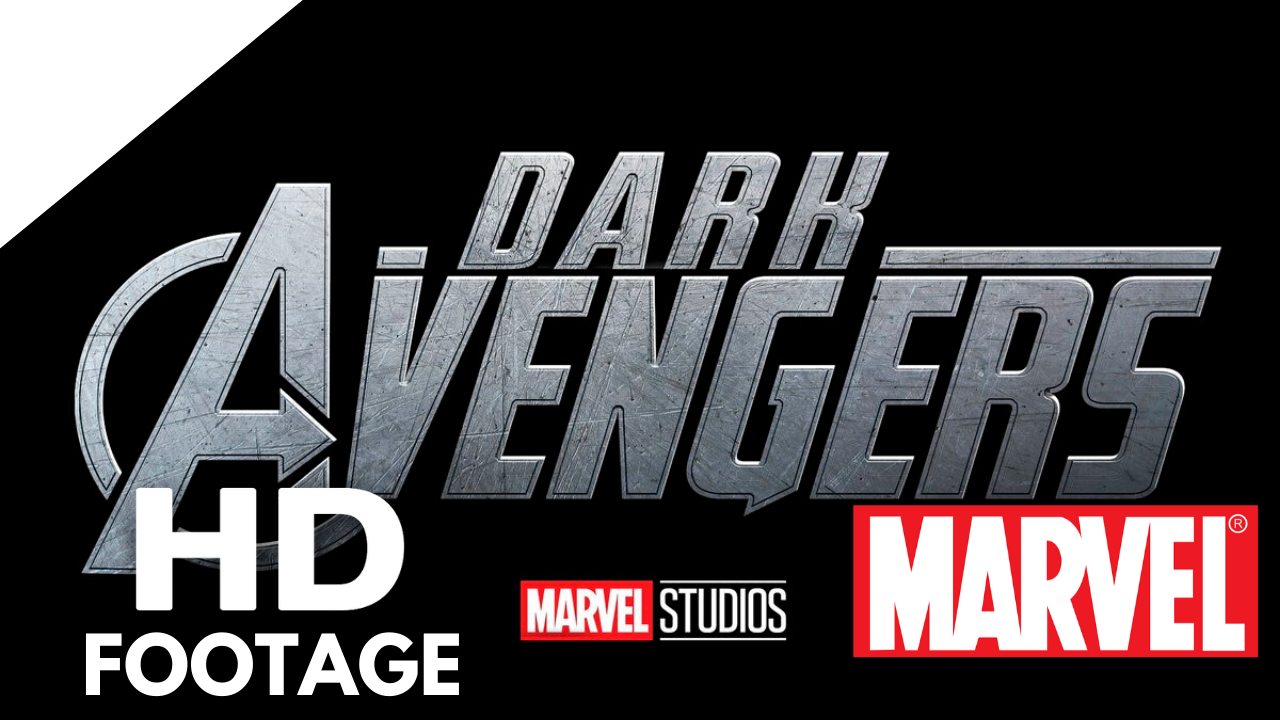
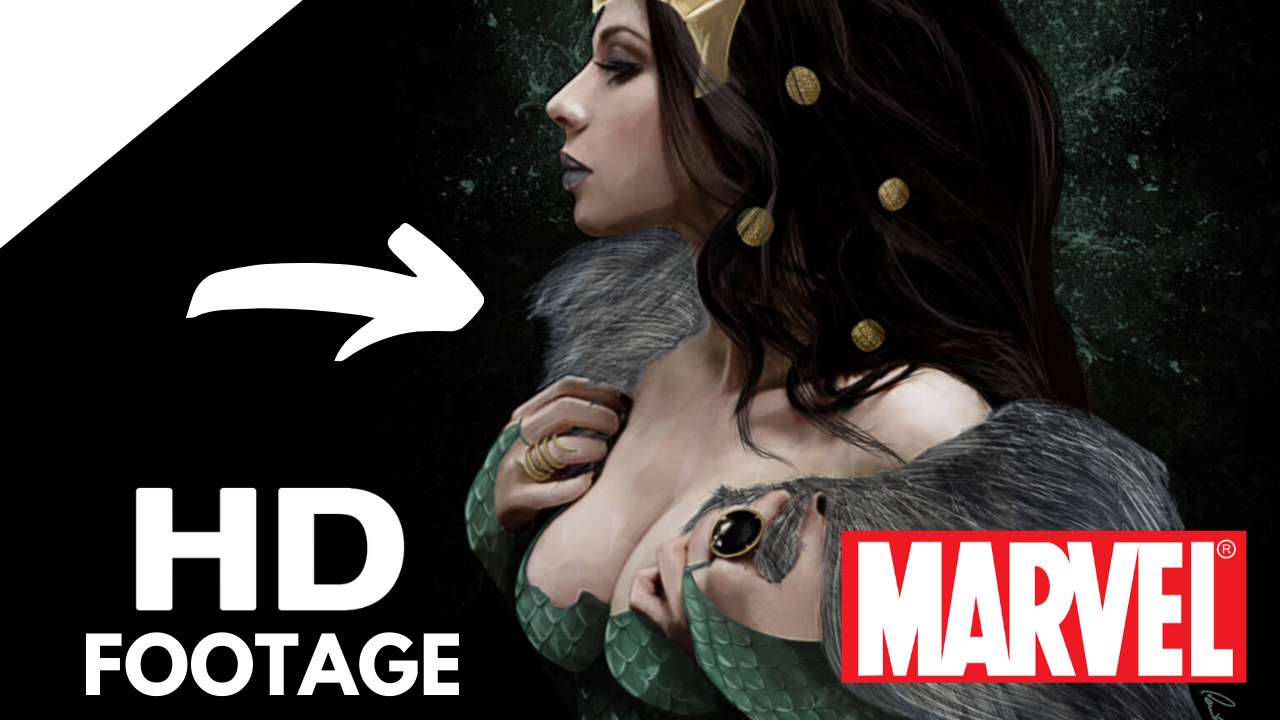

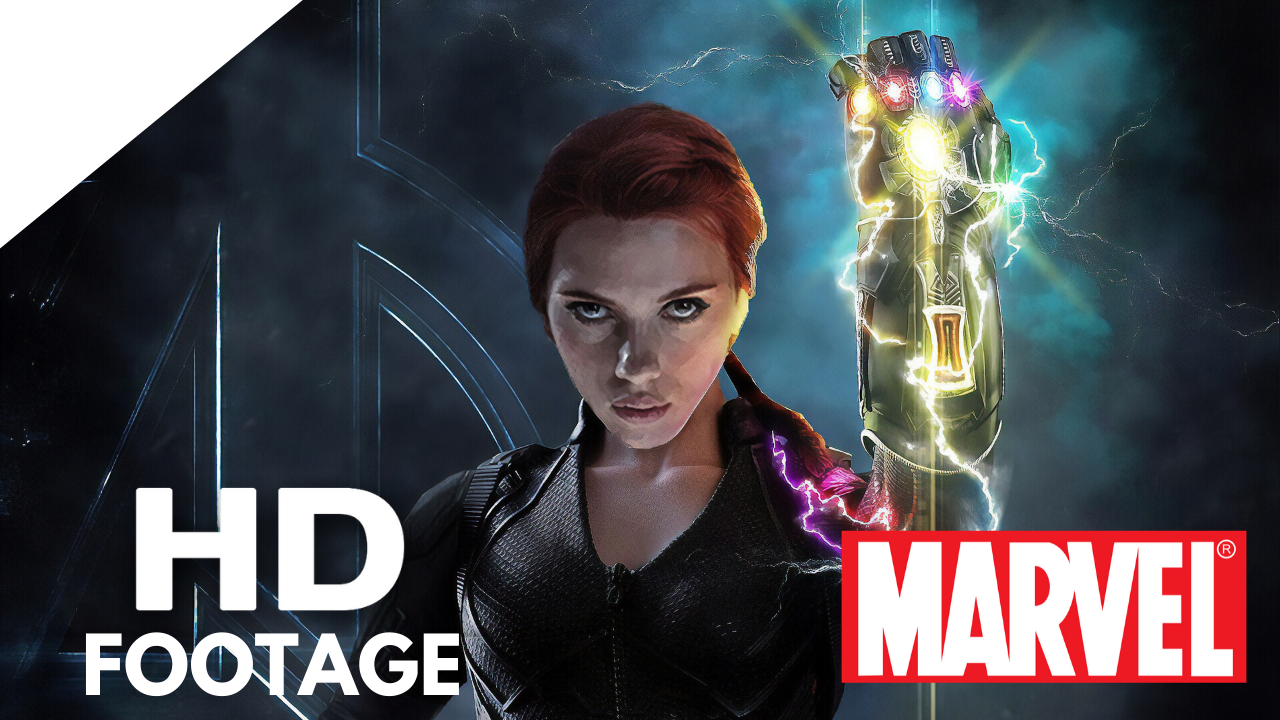
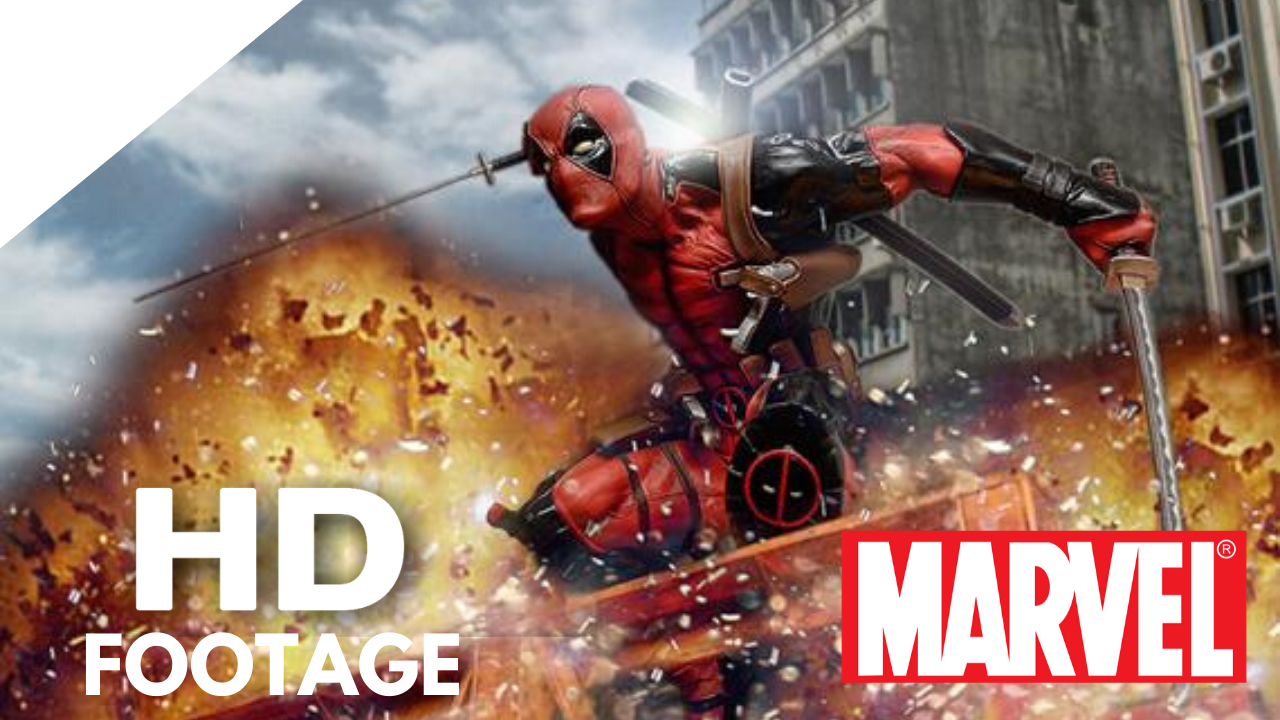
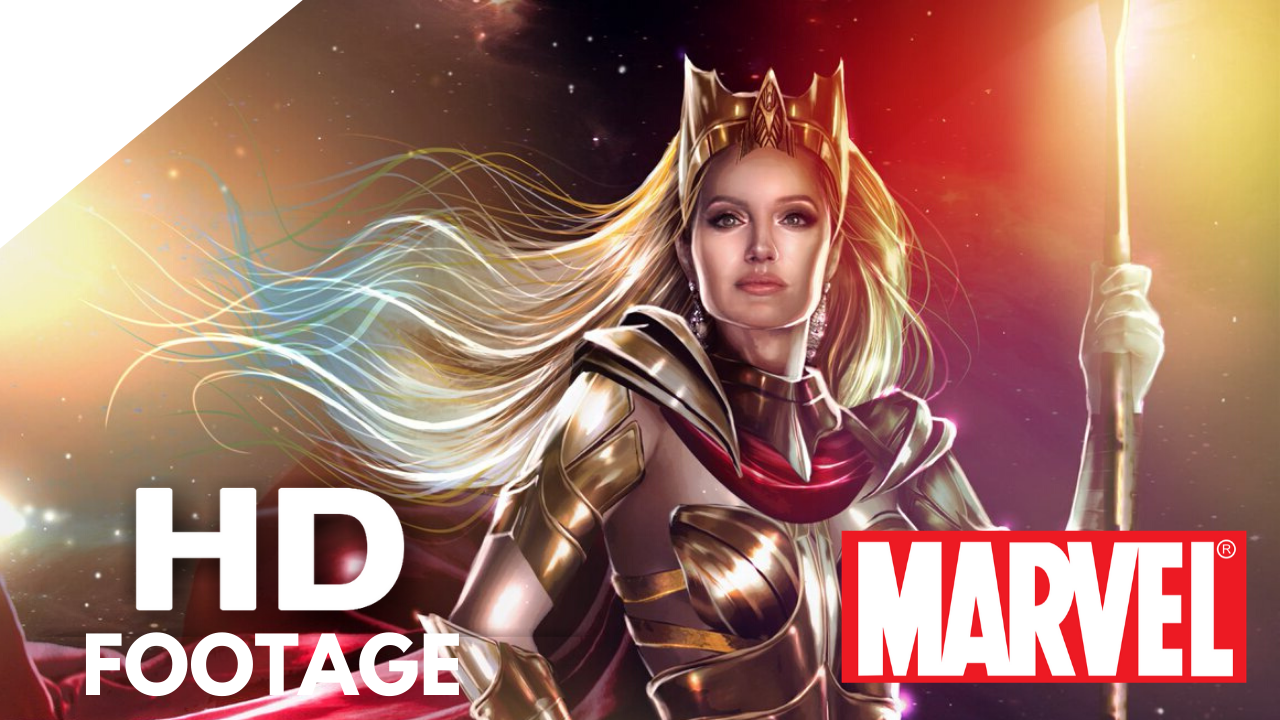
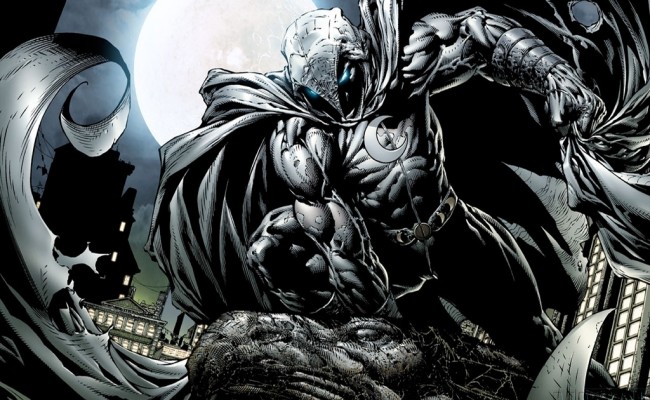
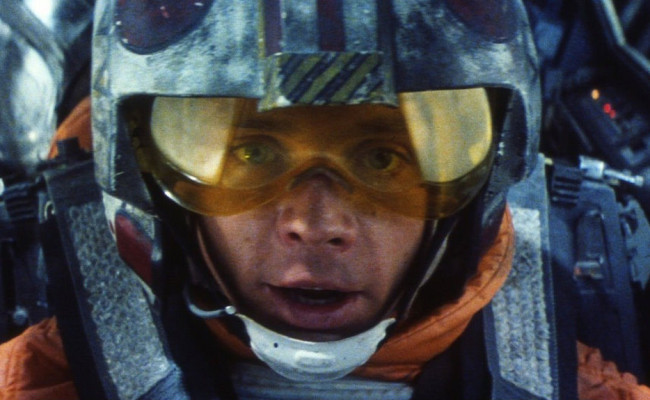
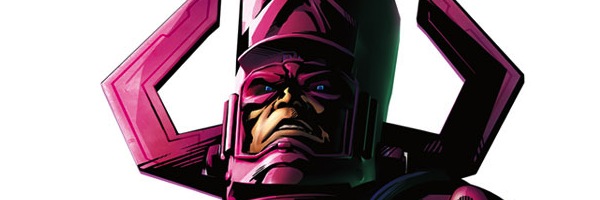

S#!T Talking Central